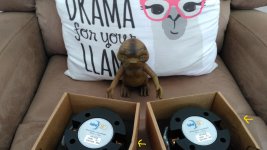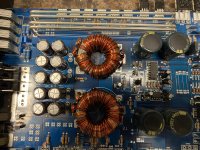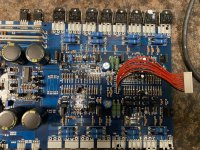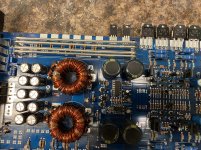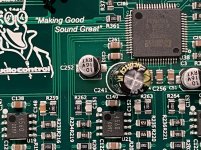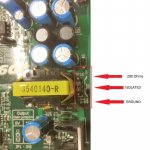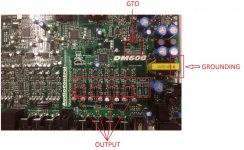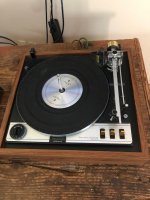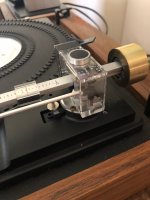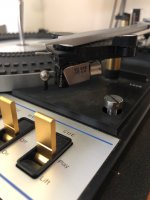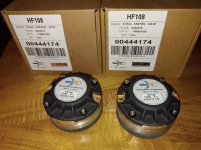Dear Members,
I have a PC and the intention to use this as a HTPC.. (Basic cinema in stereo, focus is 2-ch audio use with TV off).
- Then I thought why not use it as a NAS ?
- Then I got familiar with Roon.. why not build a Roon Core ?
- Then I saw HQPlayer's capabilities (crossover building) - why not using that for a fully active & digital filtering & Room correction ?
- Then I saw it can be combined easily with Roon, in such a case Roon is feeding HQPlayer with the stream of choice and puts HQPlayer into a dedicated Zone - that simple. I only want digital crossovers and all that magic for that main hi-fi, so 1 zone is enough with HQPlayer.
- Price seems to be not that small, I try to overcome this. Roon is one thing but HQPlayer itself is also a couple of hundreds..
Anyway. I decided to do all that.
The hardware is right now:
- ASUS TUF B450M-Pro Gaming (mATX)
- AMD Ryzen5-3600 (6C/12T)
- 2x16G Samsung DDR4-2400 unregistered/unbuffered ECC UDIMM
- 1x GeForce GT710 (passive)
- 1x Intel 250 SSD
- 1x 500G Samsung SSD
- 3x 8T Seagate Ironwolf (NAS) HDDs
- 1x Topping E30 DAC via USB
Functioning as a desktop rig+NAS combo, no gaming.
Software is (right now):
- Debian Linux (Testing)
- KDE Plasma full
- ZFS on Linux, 3x 8T HDDs encrypted with LUKS2 and ZFS raidz1 (raid5-like) on top of that
- QEMU/KVM virtualization, I sometimes fire up my Windows10 if I need to use Windows programs which won't run on Linux at all, not even with Wine. I also play around with several other Linux instances, learning stuff etc. (I'm an IT guy).
To-Be scenario:
- I'd replace the GF 710 with some more recent nVidia, with at least CUDA Compute Capability level 5.2. I run proprietary drivers from nVidia, not the Linux-shipped nouveau so I hope the best here with let's say a GTX 1030 or better (with compute capability level > 6.1).
- I'd use HQPlayer with CUDA offload
- I'd set up a Roon Core of course
- not sure if I want to put the Roon Core into a virtual machine or just run it on the host OS itself.. probably host.. it won't compute that much I assume if HQPlayer is doing the heavy lifting anyway
- I have a second home far away, with good internet at both locations. I would connect the routers via OpenVPN and try to have one network be seen by the other and vice-versa, so from my Summer location I still will be able to control the main location's Roon Core via my phone (sitting on WiFi) while that Roon Core is streaming to my remote location's Raspberry Pi4 via this site-to-site VPN connection.
- occassionally I might watch Netflix or other movies, not sure if in that case digital crossovering can be applied System-wide, not only in HQPlayer itself, else I can forget watching movies. The main purpose is audio 2.0 of course.
For all that I think above config should be a good start.
What do you think ? Is it a feasible story ?
Furthermore, if I'm going 3-way active with 3 integrated stereo amplifiers (or 6 little monoblocks), I assume I'll need either an Octo DAC8 8-ch DAC, or at least 3x USB DACs (like my existing Topping E30), right ? Given these Toppings' price/performance ratio and the amazing sound of these AKM chips inside, I think it's still acceptable from cost point of view.
Would you change something ?
Any ideas or opinions are welcome.

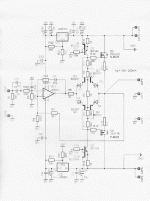
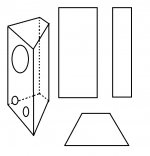
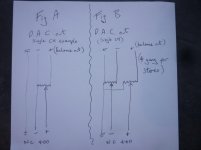

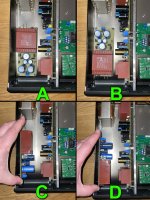
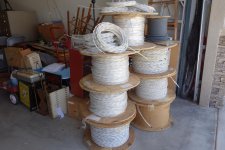
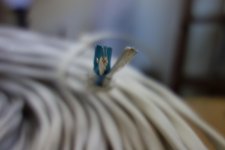

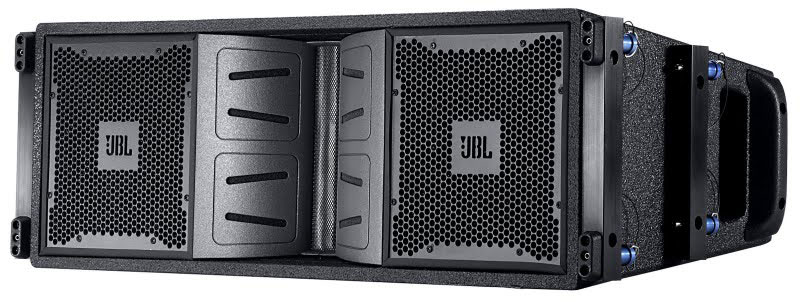
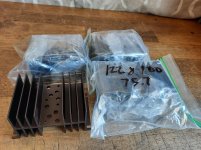
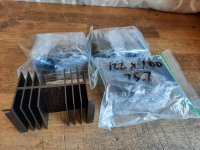
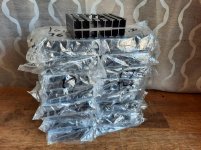
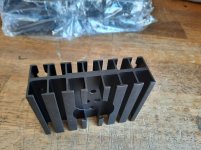
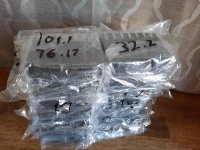
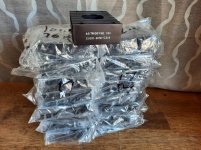
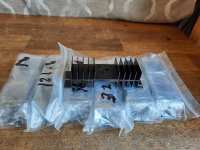
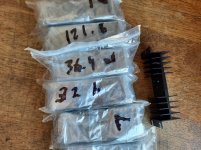
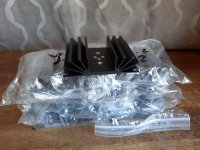
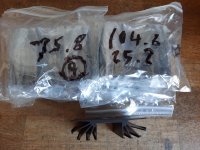
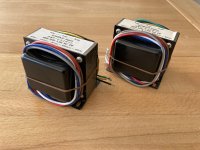
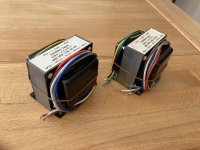
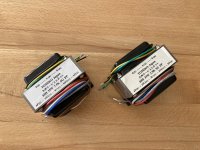
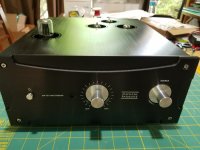
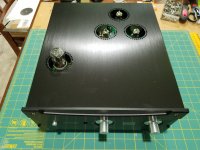
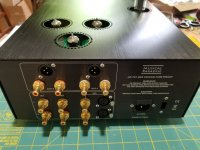
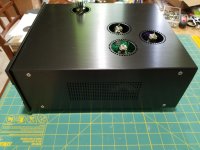
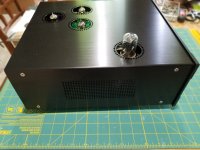
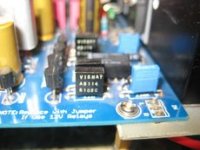
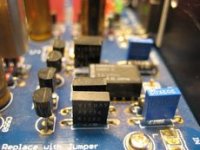
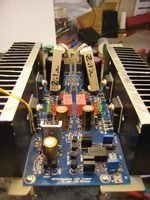
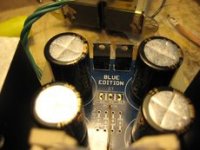
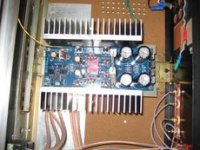
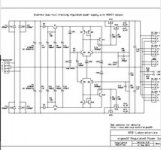

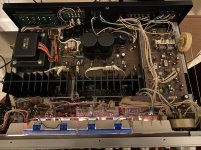
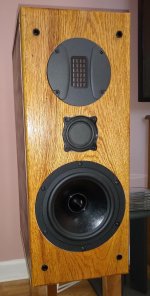
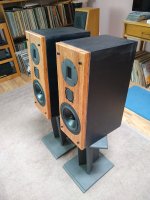
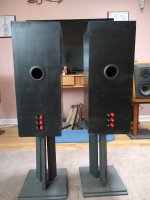
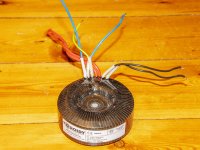




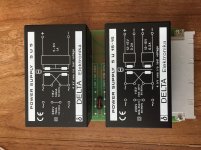
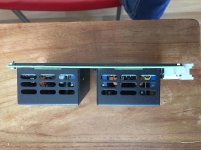
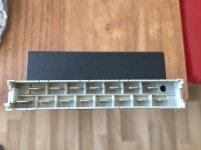





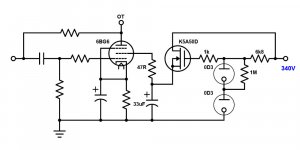

 , and its clearly visible on the small HF10AK's packages, luckily they had a nice foam padding there, not Part Express fault though.
, and its clearly visible on the small HF10AK's packages, luckily they had a nice foam padding there, not Part Express fault though.
